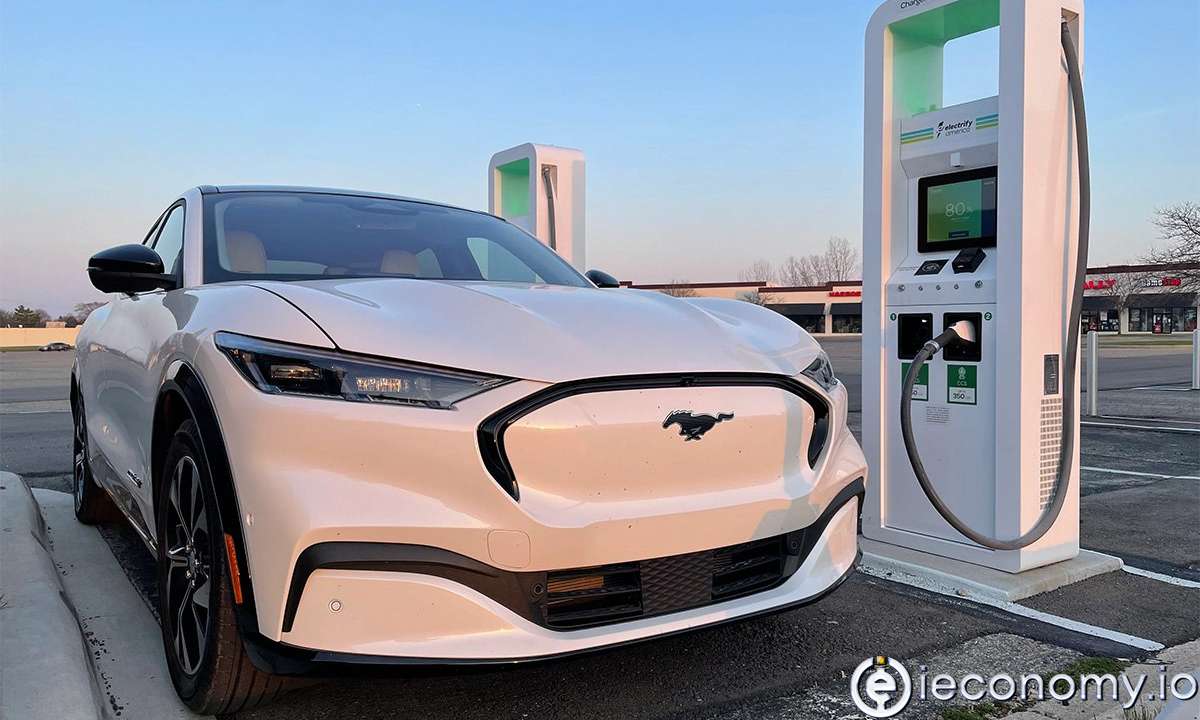1701
0
Fast chargers currently make up only a fraction of Europe's infrastructure
Fast chargers currently make up only a fraction of Europe's infrastructure. Only one of the ten charging points in the EU is a fast charger.

Yazar: Tom Roberts
Yayınlanma: 15 Kasım 2021 10:44
Güncellenme: 12 Aralık 2025 17:59
Fast chargers currently make up only a fraction of Europe's infrastructure
Fast chargers currently make up only a fraction of Europe's infrastructure. Of the approximately 225,000 public chargers available in the European Union, 25,000 are suitable for fast charging. As further pointed out by the European Automobile Manufacturers Association (ACEA), only one of the nine European charging points is a fast charger with a capacity of more than 22 kW. Latvia has the highest share of fast chargers in its infrastructure, exceeding 80 percent. It is followed by Lithuania with almost 60 percent and the first three are closed by the Czech Republic, where every second charger has a capacity of more than 22 kW. According to ACEA, this share reaches less than 30 percent in Slovakia. At the other end of the scale are the Netherlands, Luxembourg and Malta. According to the association, the Union faces two problems with the charging infrastructure for electric cars, namely the lack of chargers in the whole region and the fact that very few of them can actually charge vehicles at an acceptable speed. Charging an electric car using low-tech sockets can take all night. In contrast, using a high-capacity quick charger can reduce it to less than an hour. According to ACEA, charging should be as convenient and easy as refueling today. The association therefore urges the European Parliament and the Council to significantly strengthen the European Commission's proposal in order to ensure that Europe can build a dense network of charging and refueling infrastructure by 2030, including a sufficient number of fast chargers in each Member State of the Union.İLGİLİ HABERLER





European stocks soared and focus shifted to German retail sales after Powell's speech!

Forex Signal For TRY/USD: Inflation Slowdown in November.

Forex Signal For GBP/USD: Bullish Trend Still Not Breaking While Recovery Continues.

Forex Signal For EUR/USD: Starry US Data Points to Higher Fed Increases.

Forex Signal For BTC/USD: Downside Continues as Bitcoin Recovery Moves Less.
En Popüler Haberler
Yorum Yap
Yorumlar
Henüz yorum yapan yok! İlk yorumu siz yapın...